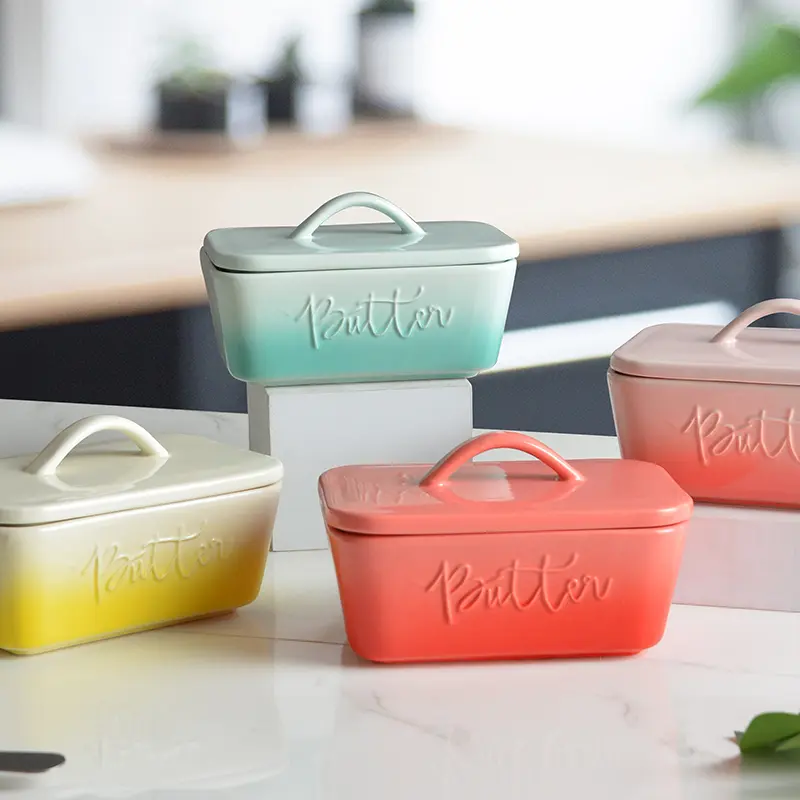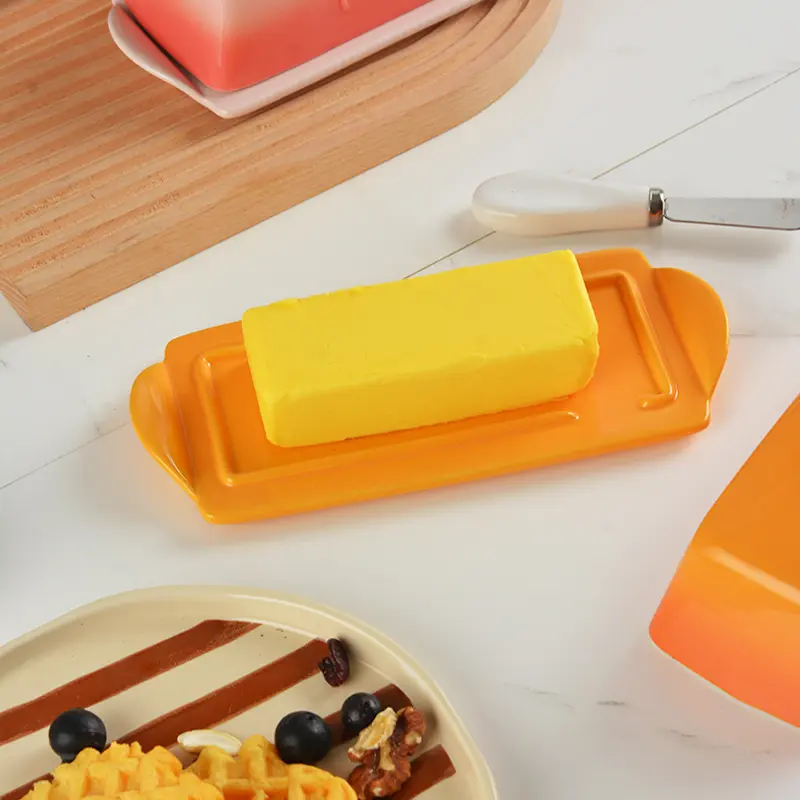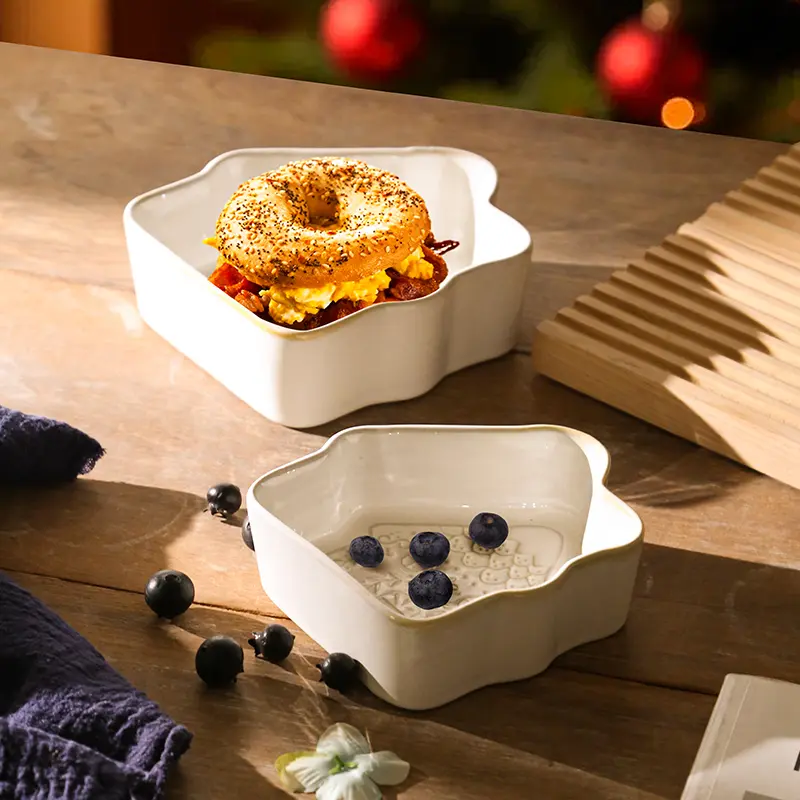Ceramic mugs are more than just vessels for coffee or tea—they’re a blend of craftsmanship, material science, and design innovation. Whether you’re sipping your morning latte or customizing branded drinkware for your business, understanding how ceramic mugs are made helps you appreciate the artistry and precision behind every cup.
Choosing the Right Clay
The process starts with selecting the perfect clay. Most ceramic mugs are made from stoneware or porcelain clay due to their strength, heat resistance, and smooth finish. Manufacturers adjust the clay composition to achieve specific textures, colors, and durability levels.
- Stoneware mugs: Durable, heavier, and ideal for everyday use.
- Porcelain mugs: Smooth, lightweight, and elegant with a fine texture.
Shaping the Mug
After preparing the clay, the mug’s body is shaped using one of several methods:
- Slip casting – liquid clay (slip) is poured into a plaster mold, ideal for mass production.
- Wheel throwing – used by artisans for unique, handmade designs.
- Press molding or jiggering – efficient methods for large-scale manufacturing.
Once formed, the handle is carefully attached by hand or machine, ensuring a seamless bond with the mug body.
Drying and Refining
The freshly shaped mugs, known as greenware, are left to dry slowly to prevent cracking. When the moisture evaporates, the mugs are refined — sharp edges are smoothed, and the surface is prepared for firing.
The First Firing (Bisque Firing)
The mugs are fired in a kiln at about 800–1000°C in the bisque stage. This removes all remaining water and hardens the mug into a porous ceramic body, making it easier to apply glazes later.
Glazing
Glaze gives ceramic mugs their color, shine, and smooth surface. It also seals the pores, making the mug waterproof and food-safe. The glaze can be:
- Glossy or matte
- Single-color, speckled, or patterned
- Hand-painted or decal-printed
Custom logo printing or special textures are added at this stage for branded mugs.
The Final Firing (Glaze Firing)
The glazed mugs are fired again at 1200–1300°C. This high-temperature process vitrifies the clay and glaze, creating a strong, non-porous finish. The result is a durable, heat-resistant, and dishwasher-safe ceramic mug.
Quality Inspection and Packaging
Every mug is inspected for defects such as pinholes, uneven glaze, or shape deformation. After passing quality control, the mugs are carefully packaged—sometimes with custom packaging options for OEM and retail partners.
Conclusion
Making ceramic mugs combines traditional artistry with modern manufacturing precision. From clay selection to kiln firing, every stage requires care and skill to produce mugs that are both functional and beautiful.





